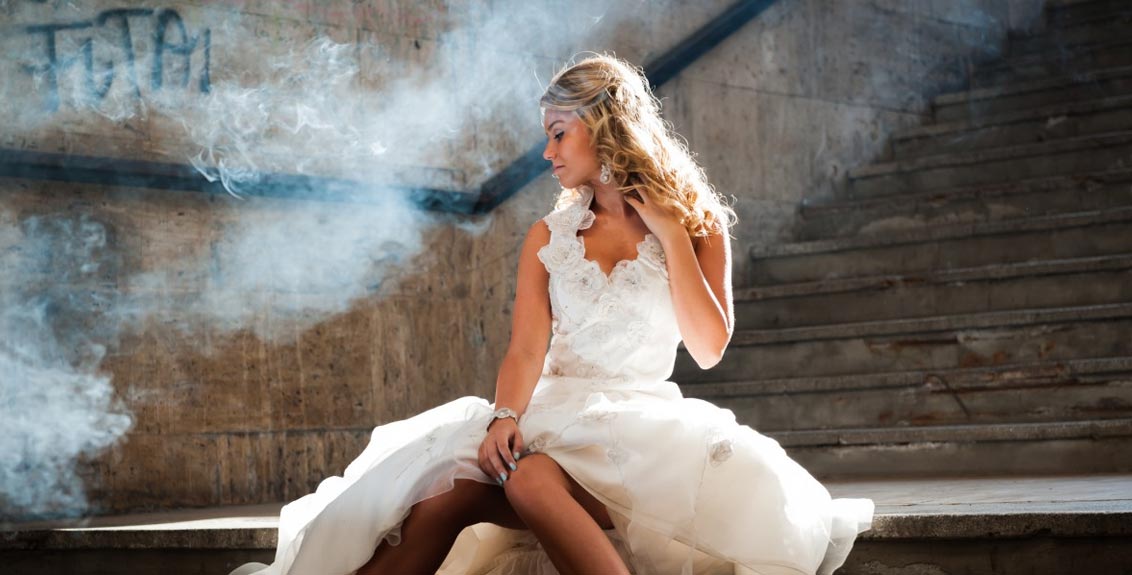Fashion has always been impacted and found a new influencer after a global crisis. As fashion retailers are beginning to open up all over the world, I think the bigger question we are starting to ask is, are consumers ready?
The Consumer
In just a few short (or long) months, depending on how you’ve spent your quarantine; style and fashion preferences are shifting quickly. Festival wear all of sudden seems less important as consumers have lost interest in superfluous things. To be fair, a high percentage of consumers are still battling COVID-19 in some way. So even less of a percentage of fashion consumers are even emotionally available to consider new trends and wardrobe upgrades for the current season.
One saving grace for the fashion retail industry may be sizing. The “quarantine 15” is real. As many people navigate attempting to return a sense of normalcy, they’re likely to discover the immediate need to size up in certain areas such as denim, leggings, button down tops and clothing items that are restrictive but necessary. Consumers are also seeking protection, comfort and items that bring an upbeat mood. Historically, in times of war, death and societal mourning, consumers have traditionally gone with structured garments. However, these were also times where spandex either didn’t exist or weren’t popular. These were also times where people had more of a “social status” to keep up as an indicator to how well they were fairing during hard times. Although the same correlations to clothing and social status still exist; the messaging is much different.
Heavy Losses
How will retailers and designers meet these needs if malls, boutiques and shops look like a scene out of Mad Max? As of today, we know Neiman Marcus, J. Crew, True Religion, John Varvatos, Aldo Group, and J. Hilburn have all filed bankruptcy over the last two months. JCPenney is expected to file as pressure increases on the heels of missing May’s rent payments. Some fashion retailers have found a sliver of hope by pivoting to producing PPE and non medical grade masks but is that enough to save the day? Most likely not.
A China Rebound Not Likely
Although in the U.S. states including Texas, Alabama and Ohio have started reopening, consumer spending is not on par with consumer spending in China. Chinese consumers account for one-third of global luxury sales. While China has reported increased traffic and sales amongst popular luxury labels with sales growth by 50%, that’s a very specific demographic doing the spending in China. Brands like Hermes says they are seeing double digit sales growth in China. The argument to this uptick in sales for luxury brands in China is that it may partly be reflecting the fulfillment of orders made before the coronavirus.
New Age In Manufacturing
Some manufacturers outside the U.S. like Italy have invested in antibody and virus testing kits for employees but is that enough to ensure a safe, yet productive work environment? China’s likely to be the most efficient and advanced at this. Wearing masks and sanitizing in an effective manner would require a culture shift amongst not only workers but society at large. It’s hard to get these type of cultural shifts to stick after fear from the pandemic has settled down without them being reinforced through regulations. I think we will see an acceleration of antibacterial fabrics across various aspects of fashion. It will be interesting to see the implementation across fast fashion retailers like Zara and H&M.
The End of the Live Show
The British Fashion Council announced that London Fashion Week will be held in June via a digital platform but Paris Fashion Week is slated to go on as business as usual with a physical event in September. Designers such as Saint Laurent have already announced that they will not be attending.
There’s a lot of discussion around the relevance of fashion week and shows in general. This is just an acceleration of the conversations that have been happening for a few years as issues around designers stolen IP by fast fashion brands manufacturing in China to the democratization of attendees such as social media influencers. I think it’s inevitable that live shows will decrease dramatically as fashion as an industry regroup but shows will emerge in some new way in the future.
E-Commerce is the Winner
If existing analog brands can pivot quickly and in a meaningful way to a digital strategy, they will survive. The challenge comes from new emerging brands who don’t have the weight of “keeping up with the Jones’” (in brand terms). They are light and scrappy which makes them more flexible with what type of content they are willing to share with the world, how that content is produced and where it’s distributed. Established institutional brands have a lot of expenses that are hard to shed and a heavy reputation to keep up with.
There’s plenty of questions that still lie ahead. One of them is what do you do about online returns? Online returns have always been a point of friction for e-commerce brands. Online returns will definitely be higher. As it is shoppers return 40% of what they buy online. To put that into numbers, Americans returned about $400 billion worth of merchandise in 2018.
The only thing that we know for sure is that fashion will still exist. People will still follow trends and make purchases that reflect their lifestyle needs and current emotional state. It may be a while before we return to the heights of fashion pre-COVID-19 but the general consensus is that we’re all hoping for a change in fashion post coronavirus.





